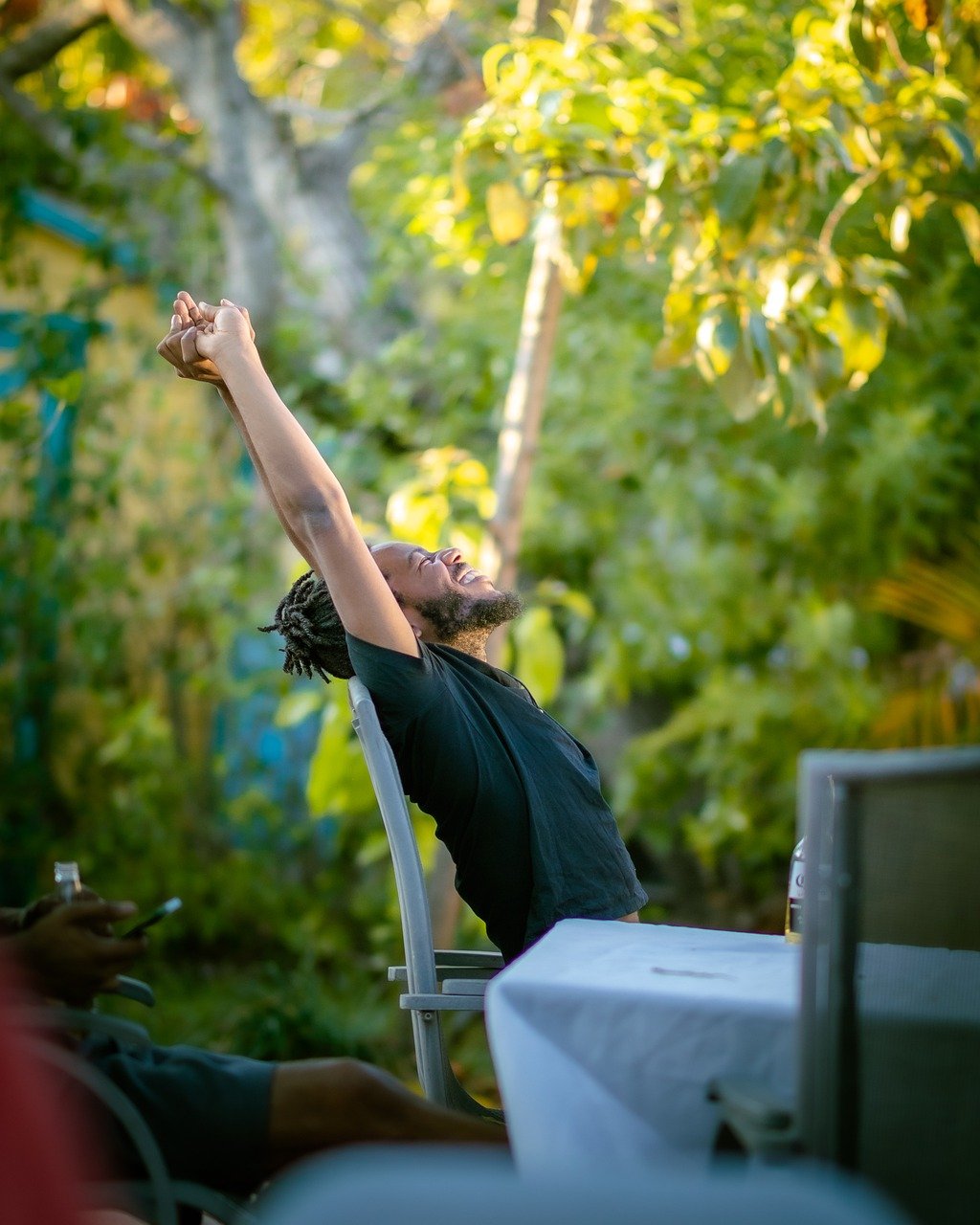What do you do to sit less and move more? Do you fill up your water bottle regularly? Take a stretching break? Have lunch away from your computer?
As part of the BeUpstanding program, staff are asked to indicate the extent to which they took part in a range of 10 sit less strategies and 11 move more strategies in the past month, with response options ranging from never to nearly always/always. Staff could also respond not applicable, with the list of 21 strategies informed by our previous research.

Dr Sam Stephens from the BeUpstanding team recently presented on some of the findings from this strategy data and how it related to behaviour change at the 3rd Asia-Pacific Society for Physical Activity (ASPA) Conference in Wellington, New Zealand. She was able to show that BeUpstanding strategies genuinely do help staff to sit less and move more.
What was found to be of particular benefit was:
- doing a wide range of strategies
- performing strategies regularly, and
- choosing highly effective strategies, with some strategies really punching above their weight!
In her presentation, Dr Stephens showcased the popularity of each strategy against its effectiveness at helping staff to sit less and move more.

Walking meetings were not used all that much, but they were among the most effective strategies both for sitting less and moving more. The same was true for the use of sit-stand workstations in helping staff to sit less.
Dr Stephens also pointed out an interesting contrast between using timers or alarms, versus listening to one’s own body as a prompt to get up and move. Timer prompts were not used all that much and were among the less effective strategies, whereas an approach more consistent with mindfulness of listening to one’s own body was highly effective for sitting less and moving more, as well as something staff managed to do regularly.
This type of research from the BeUpstanding study is being used to help refine the advice given to workplace champions and staff about promoting sitting less and moving more. The evidence shows we should be offering a variety of strategies and encouraging their regular use. We should also specifically emphasise some of the highly effective options where possible, such as sit-stand desks and walking meetings, as well as listening to the body’s natural cues to change posture, which is something that most staff should be able to do.
![]()








Comments are closed.